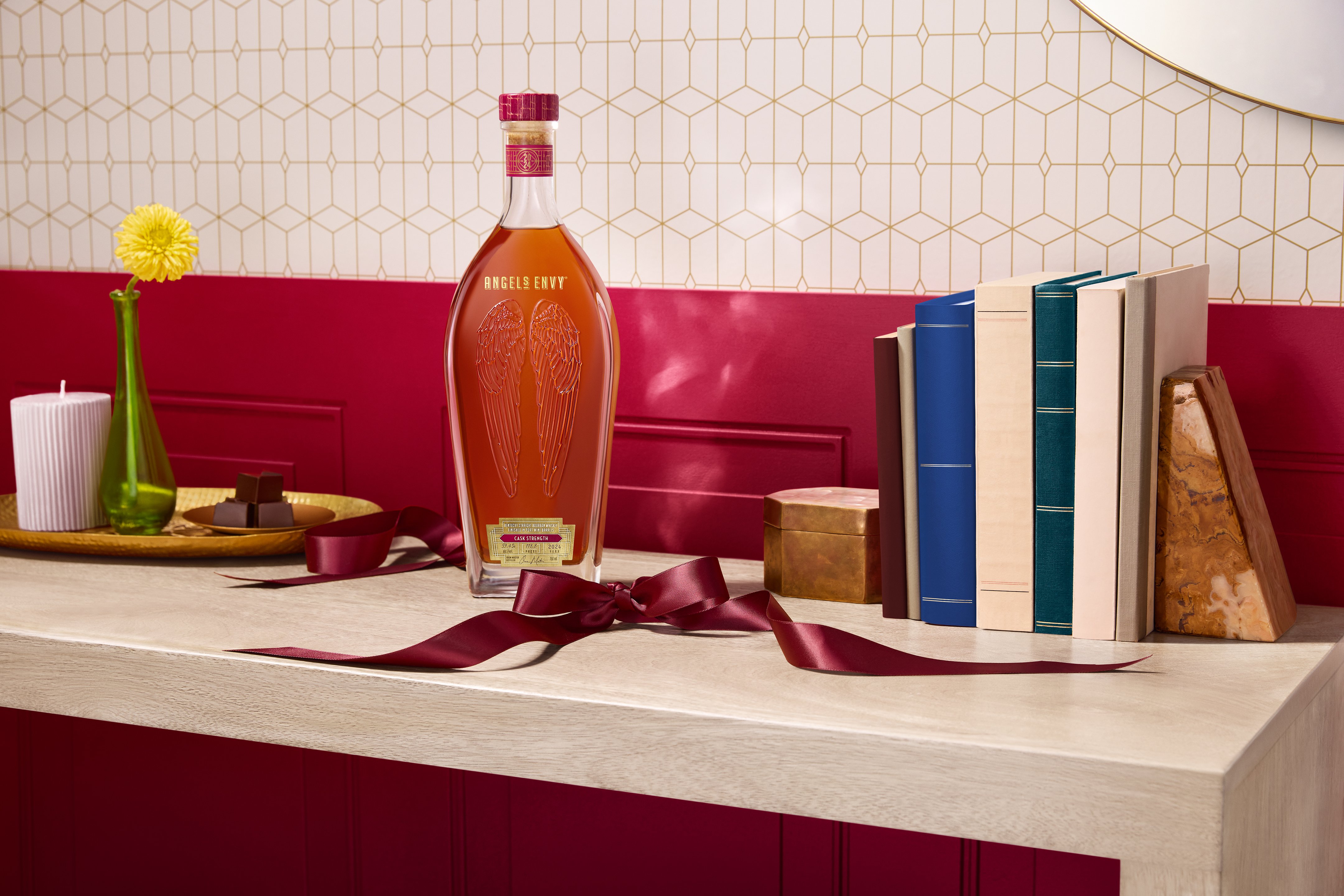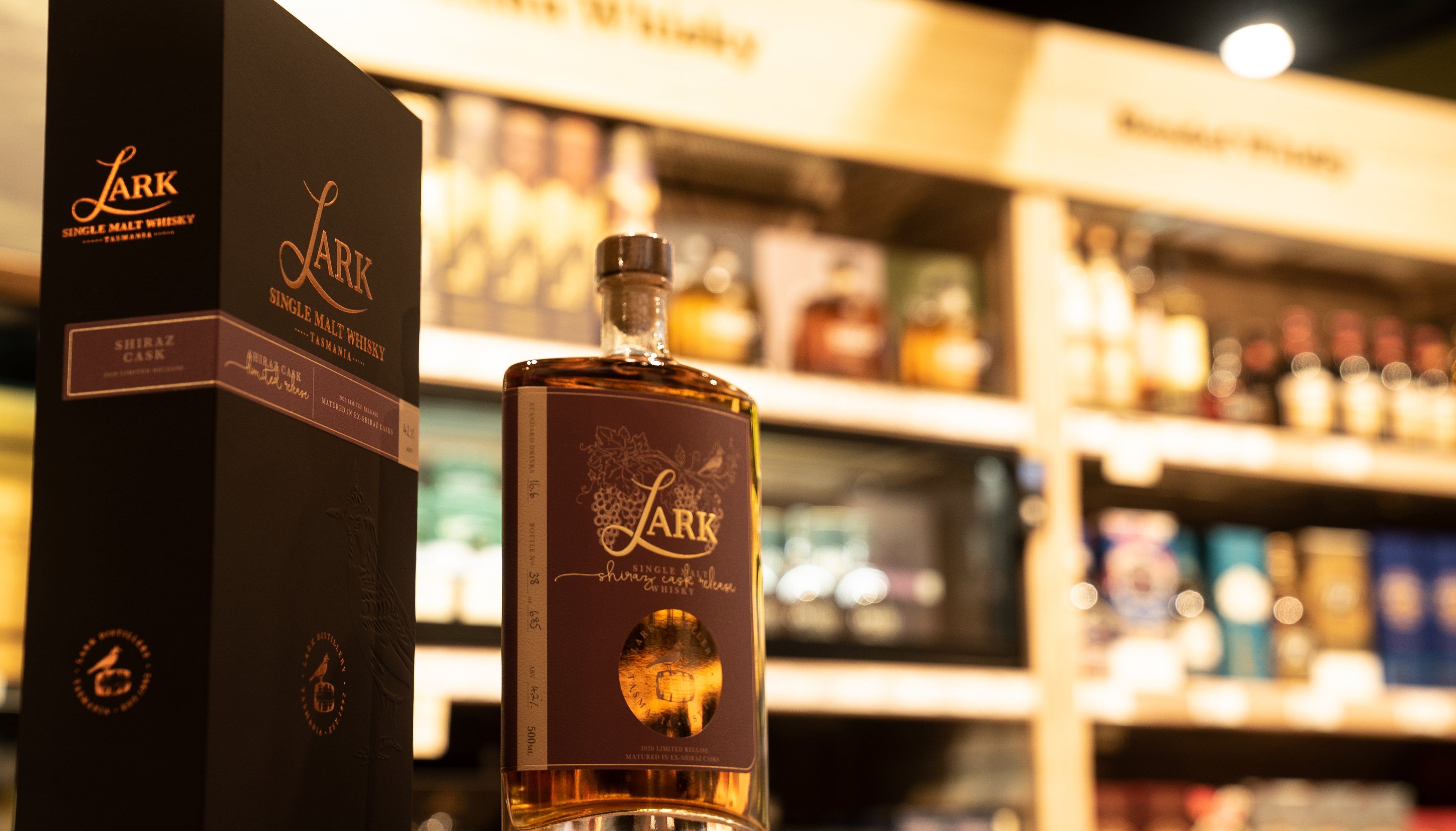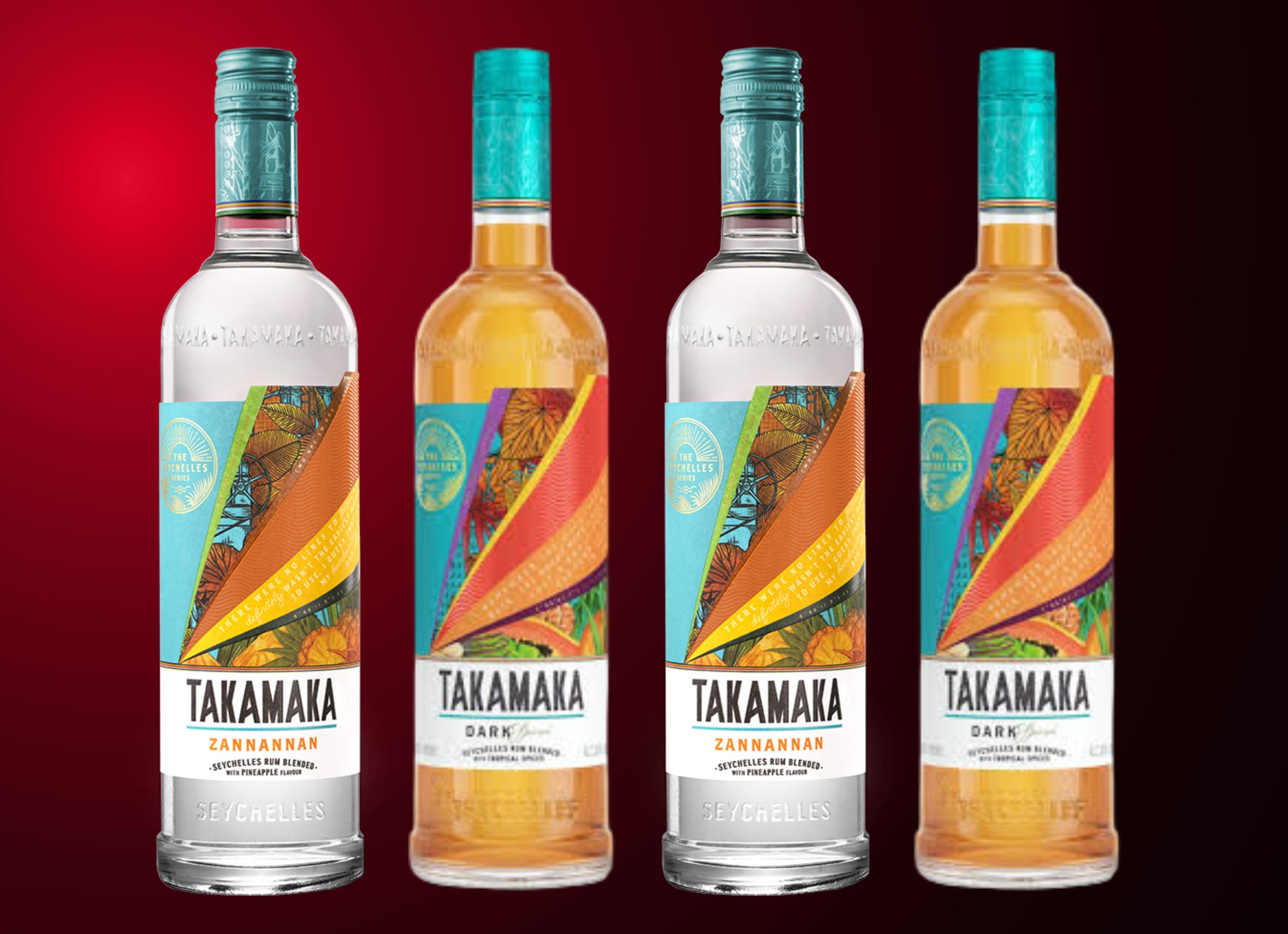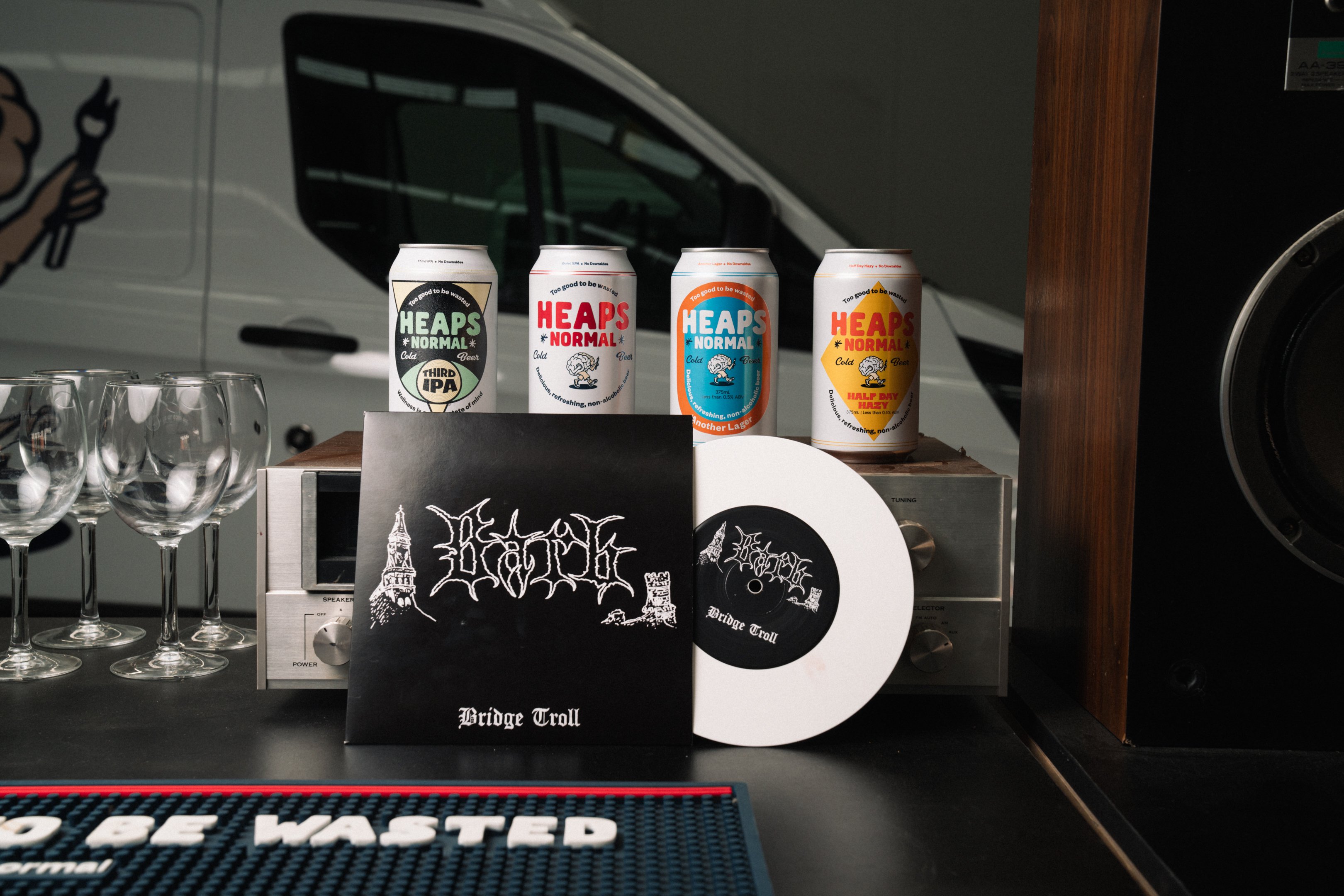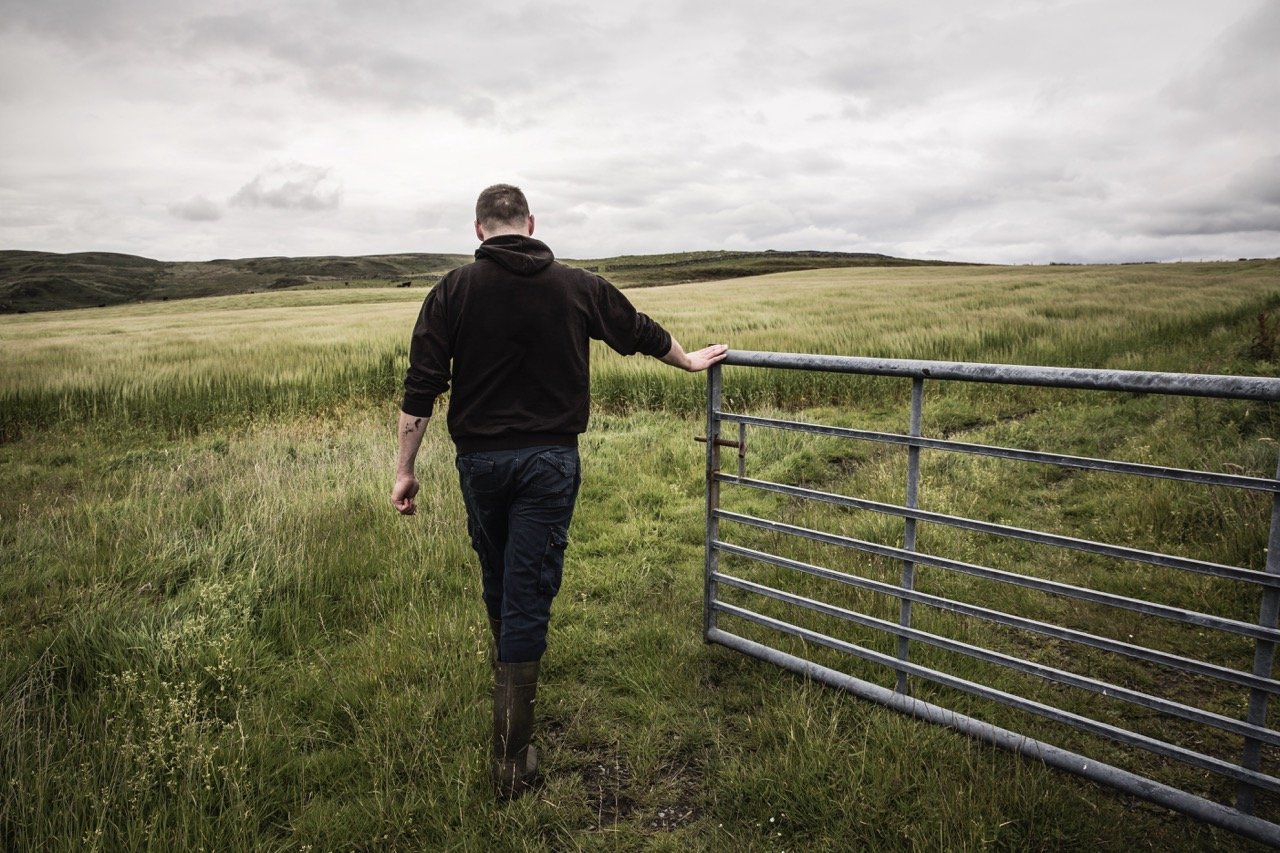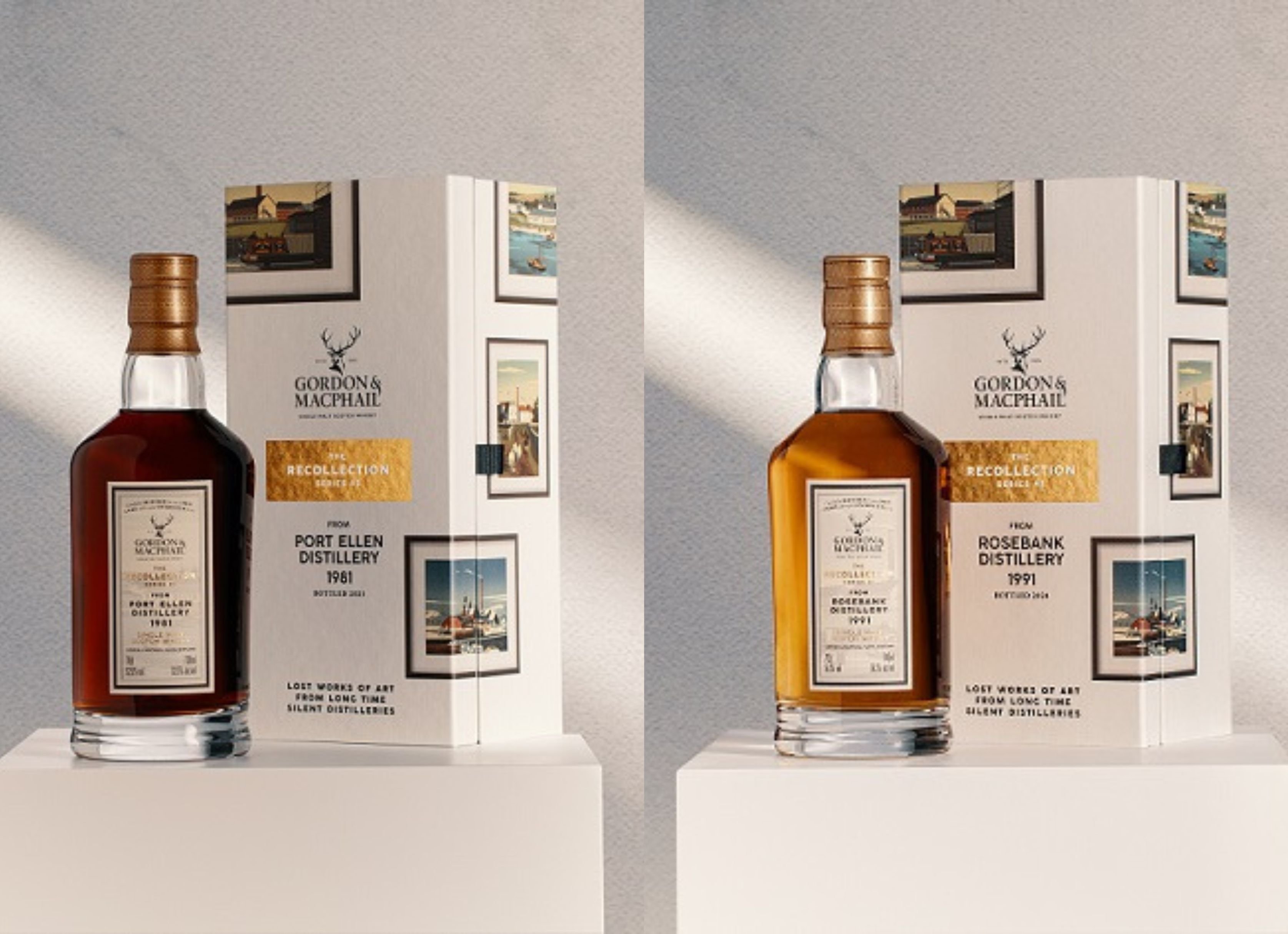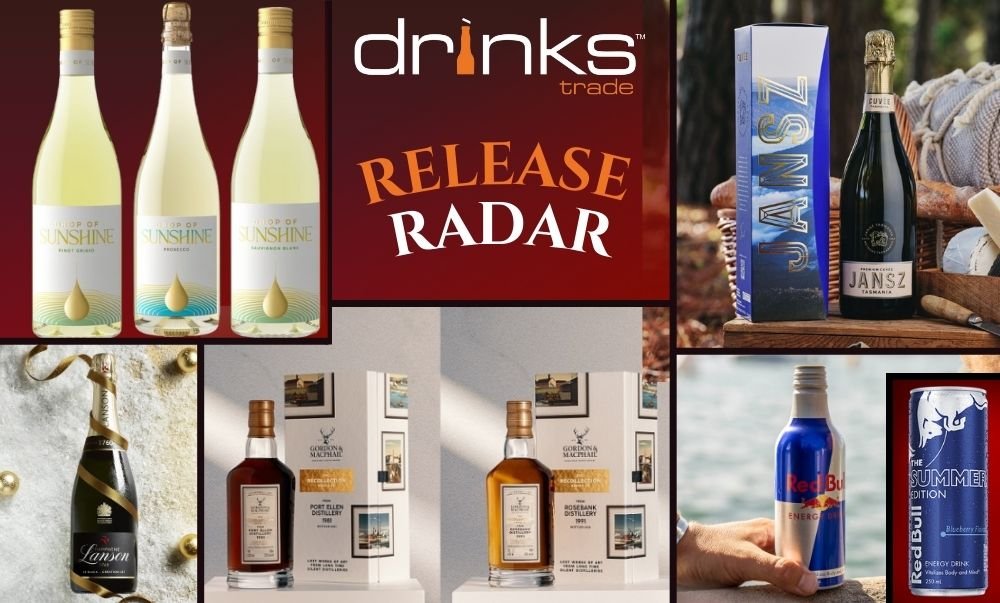Following on from Beam Suntory's Great Whisk(e)y Rumble, drinks bulletin caught up with the characters behind the whiskies.
John Campbell - Laphroaig:
How long have you worked in the distilling industry and what have been some major milestones for you?
I’ve worked for Laphroaig for over 20 years, first joining in 1994.
I’m actually the first Ileach (Islay native,) to run the distillery in its 200-year history.
Throughout my 20 years, I’ve achieved a lot including creating the single cask bottlings at the whisky festival in 2003, that in 2008 would eventually become Cairdeas, as well as the annual bottling for the Friends of Laphroaig, and supporting the ‘Feis Ile’ (Gaelic for Islay Festival).
Did you always know you wanted to be in the whisky business? What inspired that start?
My family will always have the biggest influence on my life, but in the industry there are of lots of local folks from Islay whom have done really well also. So, combinations of both I suppose, and just understanding what you are heading into was important too.
Describe your growth within the whisky industry. How did it lead you to your current position as the leader of a globally loved whisky?
I started off stencilling the numbers on the barrels, then just kept sticking my hand up. I worked through all parts of the process at Laphroaig and other distilleries for a period in 2001, learning over six years. I then became Assistant Manager in 1999, until 2006 when I became the Manager/Distiller.
What do you see in the future for your whisky brand?
Lots and lots of sales.... Continued growth, increasing quality improvement and engaging our consumers should be our top priorities.
What are you most proud about in relation to your distillery and brand?
Just to be the distiller is an honour in itself; you not only represent the biggest peated single malt in the industry, you represent your community and your country.
Describe the unique flavour profile for your whisky?
The award winning family of Laphroaig Whiskies ranges from the rich, pungent 10 Year Old to the smooth and exceptionally rare 40 Year Old. Whatever Laphroaig you choose, you can sense 200 years of loving care distilled into every bottle.
What is it about the style of whisky that you produce that is most important to you?
Laphroaig differs from its neighbours because we have always done things our own way; we have our own water source, we retain our own floor maltings, we kiln in our own way, preferring to dry at lower temperatures.
We still possess two different size spirits, meaning that we are in effect making two different spirits, which we then marry before laying down.
What is it about the whisky/s that you produce that you think appeals to drinkers?
Laphroaig is all about the liquid, a whisky that will not – cannot – be anything but itself; one that speaks volumes about the people who make and drink it, the influence of the island from which it comes, and the sea that surrounds it. This is appealing to whisky drinkers who want challenging and authentic whisky – the flavour and the way we make it hasn’t changed in centuries.
Share with us how the raw materials and the distillation process impacts the flavour profile of the whisky?
We have seven stills in total; three wash stills and four spirit stills. Low wines are produced in the wash stills and feints/ foreshots/middle cut (new spirit) in spirit stills.
We malt 20% of our barley on site using traditional floor maltings (there are only six Distilleries in Scotland, out of over 100 which still malt onsite). The malt we produce has a unique smoke flavour profile, created using hand cut peat. Our Lyne arm is positioned at a very steep angle and we have a long foreshot run of 45 minutes (it’s generally 10 – 15 minutes in the industry), ensuring all the Laphroaig characteristics are captured in the vapour.
We use the casks once only and they are then sold on and reused by other companies. We mature our spirit on Islay. Due to the Gulf Stream we get a different maturation, more
air in the in the cask and faster evaporation, so Islay matured whisky becomes different.
How does the manufacturing process and the history of the whisky impact its style and positioning in the market place?
Laphroaig’s position in this market is one of heritage and tradition – consumers regard it with a sense of respect because we work tirelessly to create a whisky that we are truly proud of. We manufacture the same way we did from the beginning, and our deep history that is rooted in Islay is reflected in the liquid.
Given its style, what drinking occasion is it best suited to?
The Laphroaig portfolio is very adaptable; while the Laphroaig 10 Year Old is our hero expression and is best enjoyed around the fire or to cap off a meal, our Select Cask and Quarter Cask are incredibly versatile and can be mixed with cocktails.
As Australian whisky palates develop, what is your brand doing to take advantage of this?
Laphroaig is planning to introduce new ways to drink a smokier whisky to the uninitiated, and educate the variety of options to whisky lovers; there is a Laphroaig expression for every taste!
What is your favourite whisky? And how do you like it served?
10 Year Old Laphroaig, and I like a wee drop of water in it.
What are your predictions about the next five years in whisky globally?
Lots of growth to continue in single malts, with folks liking the maximum taste experience; people would rather one really good drink experience nowadays than lots of average ones.
What is your advice to Aussie drinkers on how best to enjoy whisky?
Be confident and take it how you like it, then tell everyone why... they will respect you for it.
Why do you think Aussies love your whisky?
Laphroaig is a whisky that prides itself on delighting and dividing drinkers alike. We welcome their opinion, whatever it may be, and we aren’t shy of criticism. I think that is what Australian’s love about Laphroaig; it is unashamedly challenging and proud of it.
Share the content

